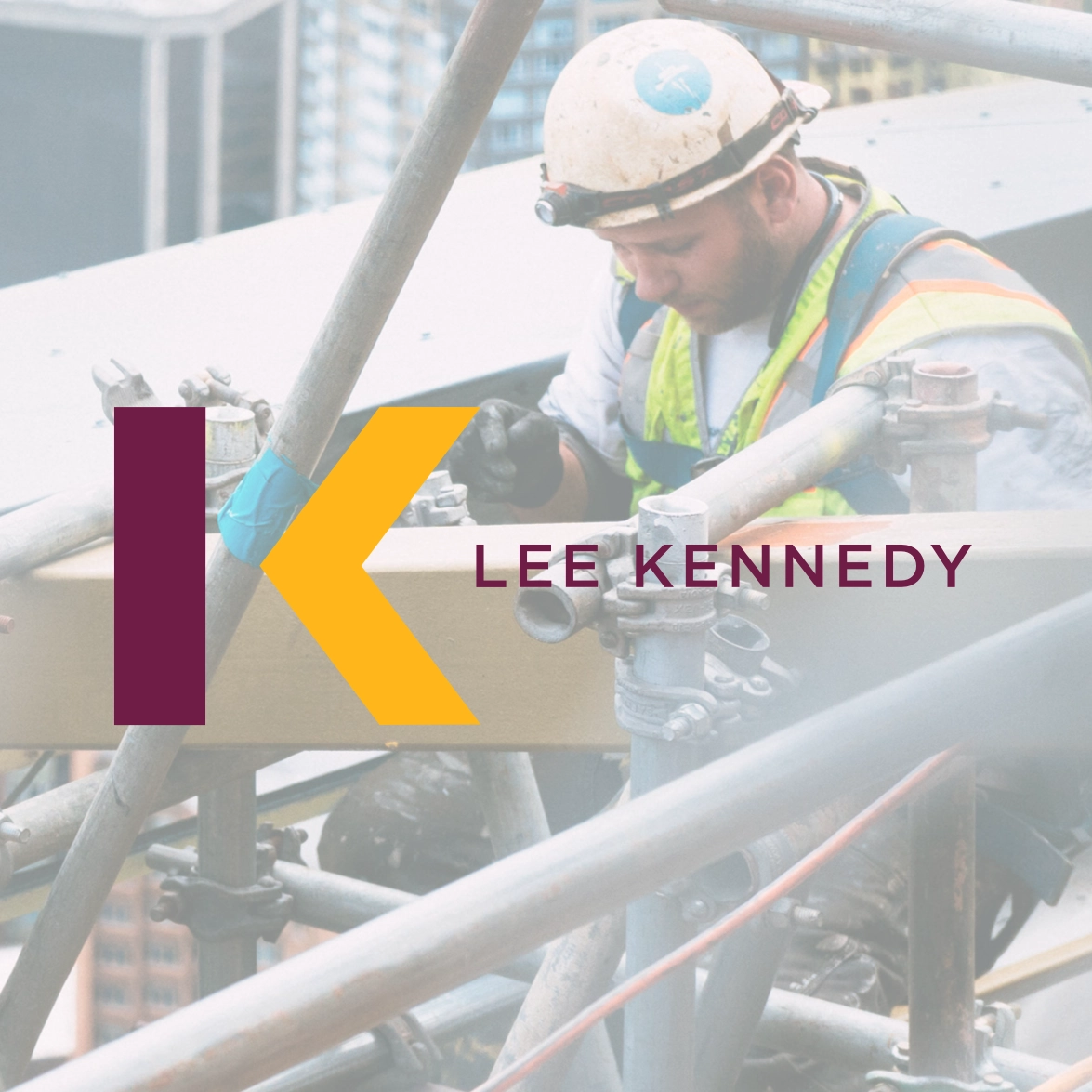As Director of Virtual Design & Construction at Lee Kennedy Co., a mid-size construction firm based in Massachusetts, Chris O’Neil is responsible for evaluating and rolling out new technologies such as BIM, laser scanning and drones.
The challenge
As a rule of thumb, he’s looking for solutions that are easy to use and don’t make workflows more complex than they already are. He was interested in technology that would help field teams capture more complete documentation and make it easy to locate specific images when change orders, issues and RFIs arise.
The need for this type of solution came up during a project to build 475 units across two buildings in Boston. The field team had a 360 camera, but they only captured one image per unit and had to write the unit number on the wall in order to document what they were capturing. Next they had to manually organize the images. With such a tedious process, the team was unable to fully document the project and find images in a timely manner later on.
After drywall was installed, issues arose with the plumbing systems that required exploratory work to find the joints along the piping. With more complete photo documentation, Lee Kennedy could have quickly identified where those joints were located, which would have drastically reduced the cost to cut, patch and paint all the extra holes.
The solution
Lee Kennedy launched pilots with OpenSpace for two separate clients, and has since become an enterprise customer with 16 active projects. The teams that have used it so far are capturing much richer documentation because of how easy it is to use.
“Now people are walking their sites weekly, and it’s nice because you can go in and see an up-to-date status of where things are, and if you need to get some historical information, it’s all right there,” O’Neil said.
In the past, a project like the one in Boston with 475 units would have taken hours to walk and take a picture of each unit. Then it would take significant time to download the images and sort them into relevant folders—a process so time-consuming that most people wouldn’t bother, he said. Since the images weren’t organized, they were difficult to locate or refer back to, limiting their value.
“You can take 100 photos of every room manually, and I guarantee that the one photo you need won’t be there,” he said. “That’s where OpenSpace is great. It captures sites thoroughly and fast, organizes imagery without any effort, and makes it searchable later when you need it.”
You can take 100 photos of every room manually, and I guarantee that the one photo you need won’t be there. That’s where OpenSpace is great. It captures sites thoroughly and fast, organizes imagery without any effort, and makes it searchable later when you need it.

The results
OpenSpace fit within Lee Kennedy’s workflow, providing value right away, whereas other tools required manual con- figuration or upfront work before they could provide utility.
5X faster
10X more
Lee Kennedy continues to enjoy the benefits of OpenSpace, including:
Time savings
Documentation with OpenSpace is at least 5X faster than manual capture. “It’s simple,” he said. “You go out, open up the app, tell it what floor you’re on, and you go.”
More complete documentation
With zero extra effort, OpenSpace enables field teams to capture sites far more thoroughly. “Just by walking, you’re capturing a heck of a lot more than you would by taking traditional photos,” O’Neil said.
Compare to BIM
Lee Kennedy’s input helped inform the development of OpenSpace’s BIM Viewer, which makes it simple to compare images with the model side-by-side and identify any issues or inconsistencies.
Reduced rework costs
Using OpenSpace, Lee Kennedy is better positioned to hold subs accountable when issues arise. “We’re able to get people to take responsibility for rework when appropriate, reducing our costs,” O’Neil said.
Reduced travel costs
OpenSpace’s virtual walkthroughs have cut back on the need for site visits, both for Lee Kennedy’s clients and its own executives. For one project, the owner was spared three visits to Boston from California, since she could monitor progress remotely from her desktop and mobile devices. Virtual walkthroughs also provide insight to people who don’t always get to visit sites in person, but benefit from seeing the site progress, such as estimators and schedulers.
Better collaboration
OpenSpace enables better collaboration with various stakeholders, from subs to owners. Specifically, virtual walkthroughs enabled participants in OAC (Owner-Architect-Contractor) meetings to be on the same page on the current state of the project.



